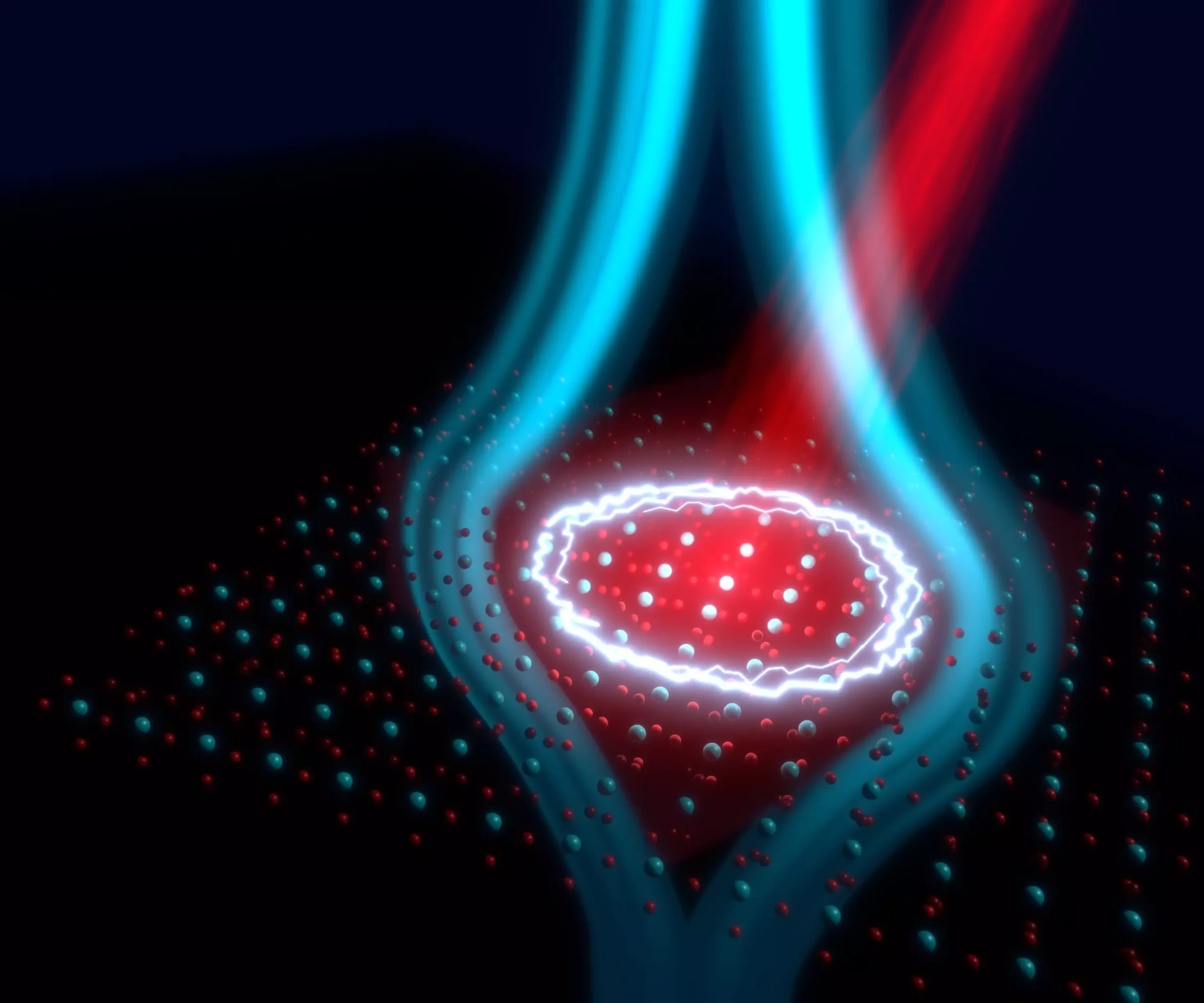Superconductivity is one of the most astonishing phenomena in modern physics, embodying the captivating interplay between quantum mechanics and macroscopic materials. This property enables certain materials to carry electrical current without any energy loss, a revolutionary concept that holds immense potential for enhancing electronic systems. Historically, superconductivity has been observed only at extremely low temperatures, which posed challenges for practical applications. However, a recent shift in research focus toward non-equilibrium states of matter is beginning to reshape our understanding of this unique phenomenon and unlock new possibilities for technology.
Light-Induced Transformations: A New Frontier
A handful of groundbreaking studies have explored the concept of non-equilibrium superconductivity, particularly under conditions where materials are excited away from their thermal equilibrium state. Remarkably, this exploration has led to the emergence of light-induced superconductivity, a process triggered by exceptionally brief bursts of laser pulses. This innovative approach offers an exciting alternative to traditional methods, allowing superconductivity to potentially operate at ambient conditions. One can only imagine the revolutionary applications of such technology, from super-efficient electrical devices to advanced communication systems functioning on light rather than electromagnetic waves.
In a pioneering study conducted by researchers at the Max Planck Institute for the Structure and Dynamics of Matter in Hamburg, an experiment led by Andrea Cavalleri shed light on this phenomenon. By exploring the layered compound YBa2Cu3O6+x, a material known for its conventional superconductivity at sub-zero temperatures, they made a pivotal discovery: that photo-excited YBa2Cu3O6.48 not only displayed near-zero electrical resistance but also expelled a magnetic field from its interior, akin to traditional superconductors under stable conditions.
The Technological Leap: Measuring the Unmeasurable
The complexity of measuring phenomena associated with light-induced superconductivity cannot be overstated. Unlike static superconductors, which exhibit their properties consistently, light-induced states only last for several picoseconds, making direct measurements exceptionally challenging. The innovative experiment employed a spectator crystal positioned close to the YBa2Cu3O6.48 sample. This ingenious setup enabled researchers to monitor local magnetic field strengths and translate these into alterations in the polarization state of an accompanying femtosecond laser pulse. This method allows for unprecedented temporal resolution of magnetic fields, providing insight into the dynamism of these fleeting superconducting states.
Moreover, the findings suggest that the expulsion of magnetic fields observed during these brief moments is significant and comparable to that of superconductivity attained through conventional means. This discovery implies that the techniques used to induce superconductivity could offer new pathways toward realizing high-temperature superconductivity more efficiently and effectively, thus moving closer to a state where superconductors function at room temperature without requiring extensive cooling.
Theoretical Implications: A New Paradigm
Despite the tantalizing advances made in understanding light-induced superconductivity, the very essence of its microscopic origin remains unclear. Researchers suggest that residual superconducting order exists even above conventional critical temperature thresholds, revealing a complex interplay of local fluctuations akin to a disordered state. These findings are not merely academic; they provide crucial benchmarks for theoretical frameworks attempting to decipher the mechanisms behind superconductivity. The overarching idea is that by employing tailored light pulses, scientists can synchronize fluctuating orders and restore superconducting properties at higher temperatures.
As the understanding of light-induced superconductivity deepens, it could serve as a catalyst for a new epoch in materials science and condensed matter physics. By melding theoretical insights with experimental veracity, researchers are on the precipice of discovering novel applications that could revolutionize technology across various sectors. The enlightening tale of superconductivity is far from over, and the possibilities it presents could redefine the contours of modern electronics and energy systems.
As these endeavors unfold, the scientific community is poised to witness breakthroughs that may not only enhance practical applications but also expand our comprehension of the quantum world. The dynamic landscape of light-induced superconductivity beckons a future where efficiency and performance are streamlined in unprecedented manners, promising an era defined by minimal energy expenditure and maximal technological advancement.

